![Simple + Festive Pumpkin Pie [Dairy Free, Egg Free, Refined Sugar Free, Gluten free option] Enjoy this classic dessert with an allergen-friendly twist](https://www.drlizcarter.com/wp-content/uploads/2024/11/Pumpkin-Pie-for-blog-1080x675.jpg)
This pie is the perfect blend of pleasant warming spices, sweetness, and it has a great texture without needing eggs.
The filling is vegan and refined sugar free. It would be very easy to add dairy back in if that’s your preference!
And I have a few crust options for you! I’ve included my Grandma Marie’s lard crust that everyone in my family uses. It’s simple and never fails. It’s also easy to use butter instead.
If you can’t do gluten, here’s a gluten free crust recipe that goes well with this pie.
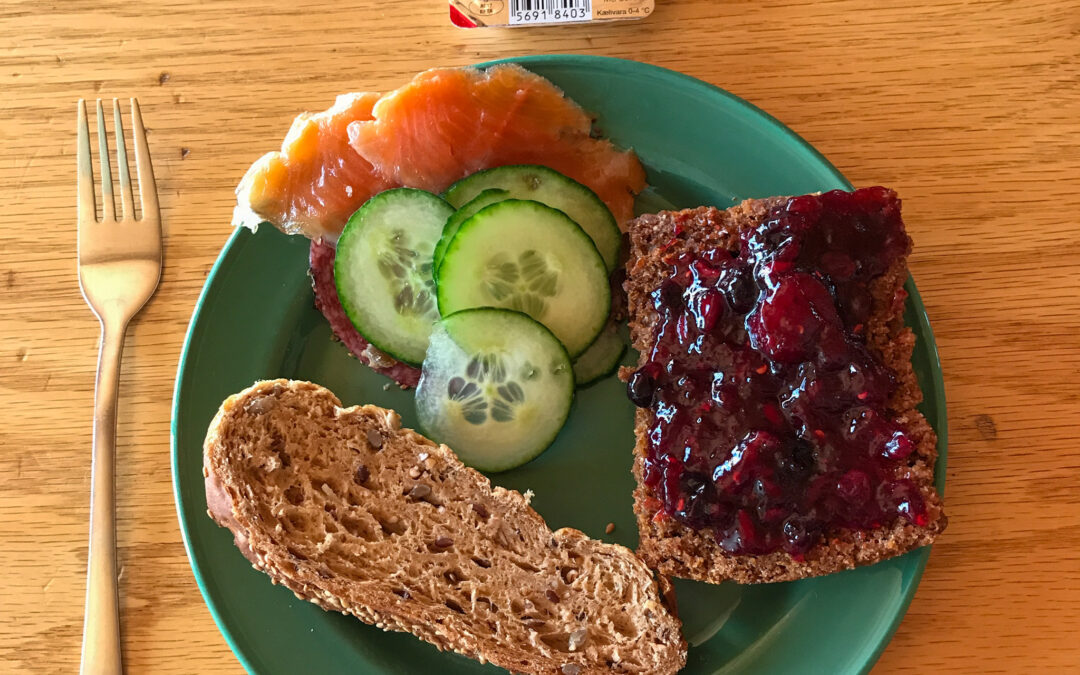
This blog is a follow up to The Truth about Intermittent Fasting which is an in-depth look at my personal experience with intermittent fasting and how it impacted my struggle with anorexia and binge eating.
It’s a great blog for anyone who has disordered eating, body image issues, and those who are tired of generalized nutrition advice that’s so hyped up it’s hard to tell what’s a money making trend and what’s actually helpful for your health.
So we’re on the same page, let’s define intermittent fasting.
With intermittent fasting, you’re choosing a period of time to eat and a period of time to not eat, or fast, each day.
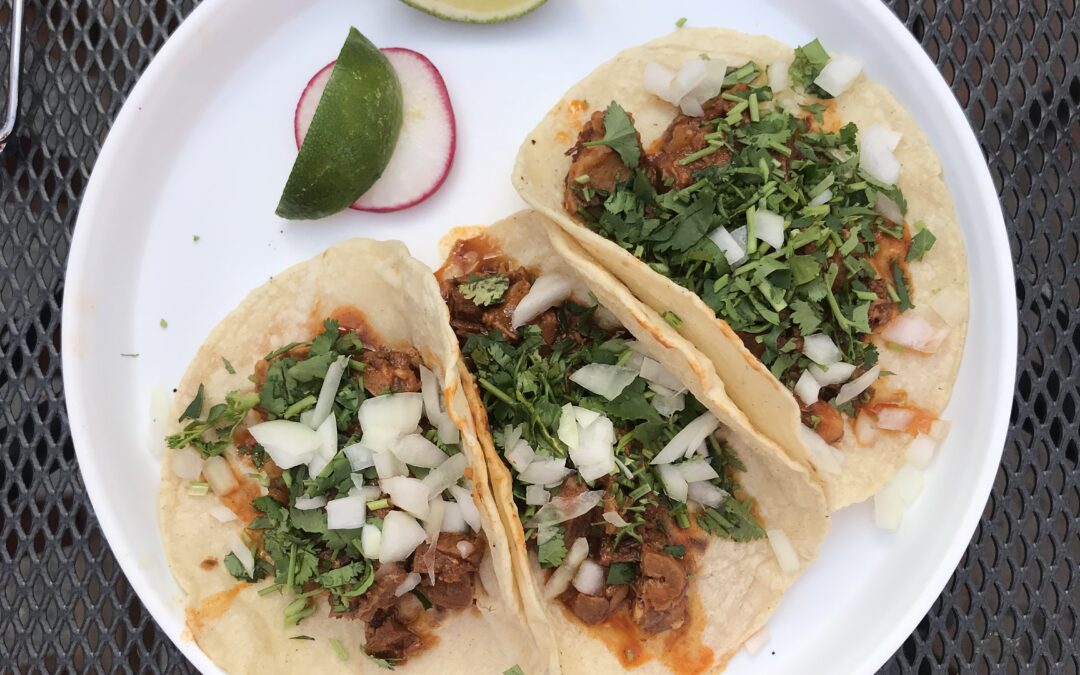
Intermittent fasting has taken the nutrition world by storm over the last few years.
Like any craze, there’s bound to be legions of enthusiastic followers who have tried it out for 2 weeks then start proclaiming that it’s the best thing in the world and EVERYONE SHOULD DO IT.
The truth is much more nuanced, as you might have guessed.
I want to lay it all out for you, from the benefits to the subversive, hidden messaging that comes with any nutritional fad.
I’ve included my own experience with intermittent fasting and my clinical experience working with patients who are interested in it.
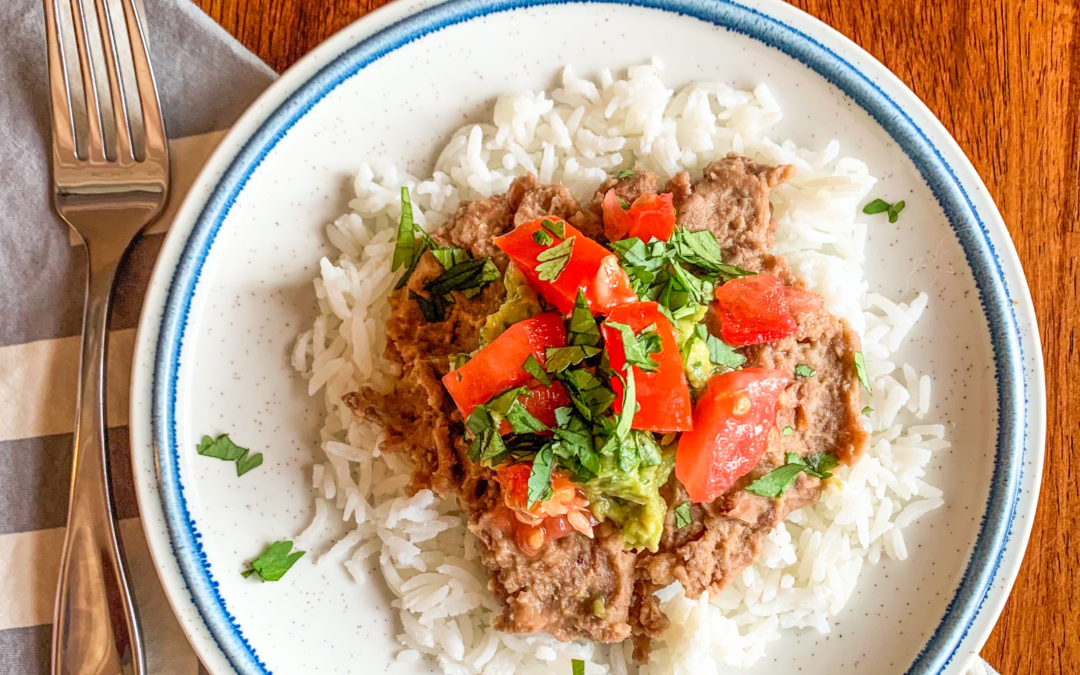
This pot o’ beans is my favorite kind of food.
Spend 10 minutes getting it prepped, forget about it for a few hours, then bam! Delicious food to eat for a week. YES.
I call these lazy refried beans because they require minimal effort and they’re still tasty even if you don’t go the extra mile to fry them up.
To be honest, we often don’t go that extra mile and they are still fabulous.
![Homemade Banana Bread [Vegan, Gluten Free Adaptations, No Refined Sugar] Enjoy this Classic Treat Without Allergens](https://www.drlizcarter.com/wp-content/uploads/2020/04/IMG_4100-1080x675.jpg)
I love baking.
My husband loves banana bread.
As you might have guessed, mixing up a loaf has become a regular occurrence in our house.
So much so that we’ll go to the store to buy extra bananas so we have enough left over to get good and brown for bread.
We’re on a bit of a kick!
Which is the perfect time to really dial in a recipe!
I think we’ve nailed it.
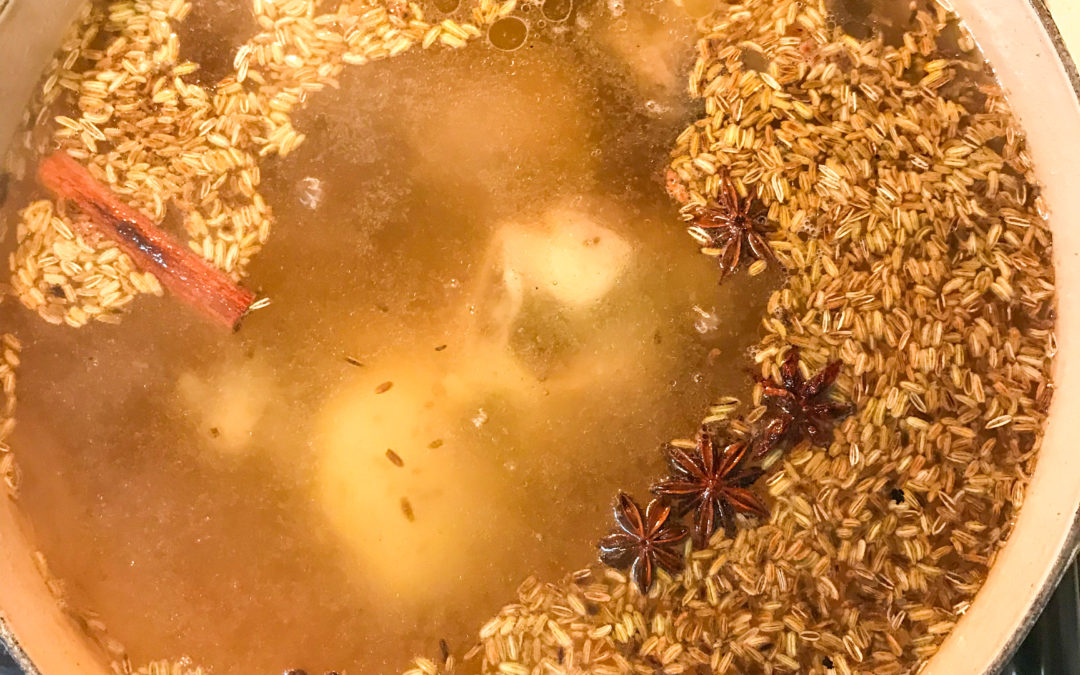
Making your own pho broth is definitely not as hard as you think!
All it takes is a little time and the right spices and voila!
You’ve got an unctuous, rich broth that’s the perfect base for this classic Vietnamese dish.
It’s my favorite broth to have in the freezer, ready to pull out if I’m under the weather or just craving some really flavorful, nutrient-dense food.
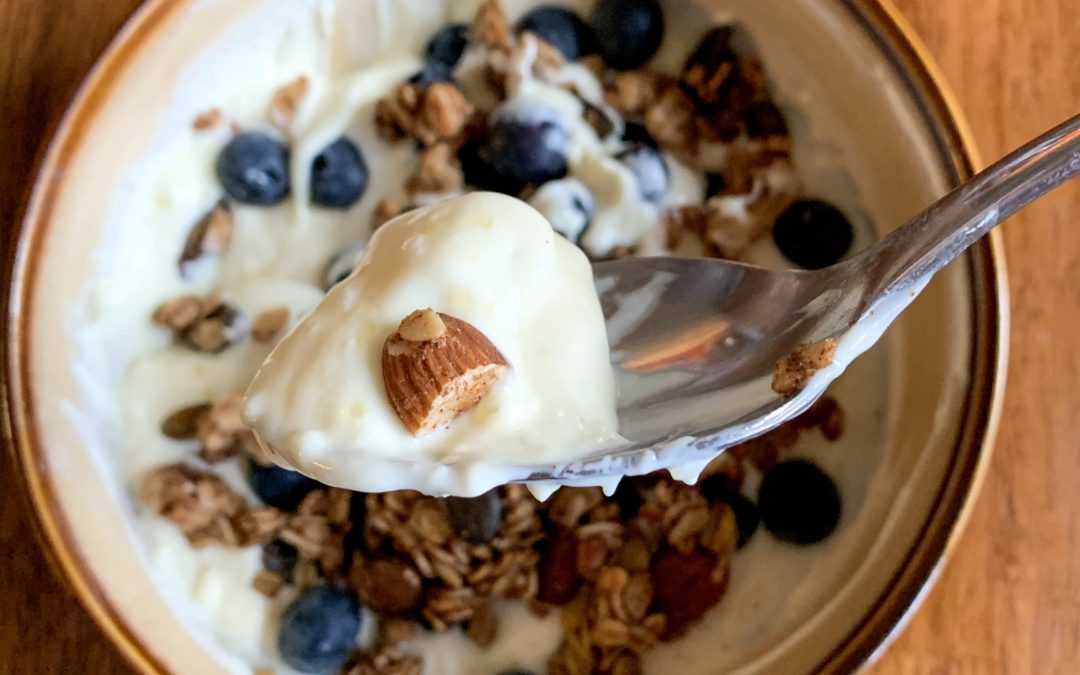
I started making my own yogurt a few months ago after I learned that I wasn’t sensitive to A2 dairy.
After 15 years of avoiding dairy, it was really, really weird to walk out of a grocery store with milk in my hands.
But I was determined to figure out how to make one of the foods I’d missed the most: yogurt.
A2 dairy products from cows are rare in the US. Currently I can find butter and milk and that’s about it.
So as Ben Franklin once said, “necessity is the mother of invention”, and I dove into honing my homemade yogurt making skills with the help of an Instant Pot.
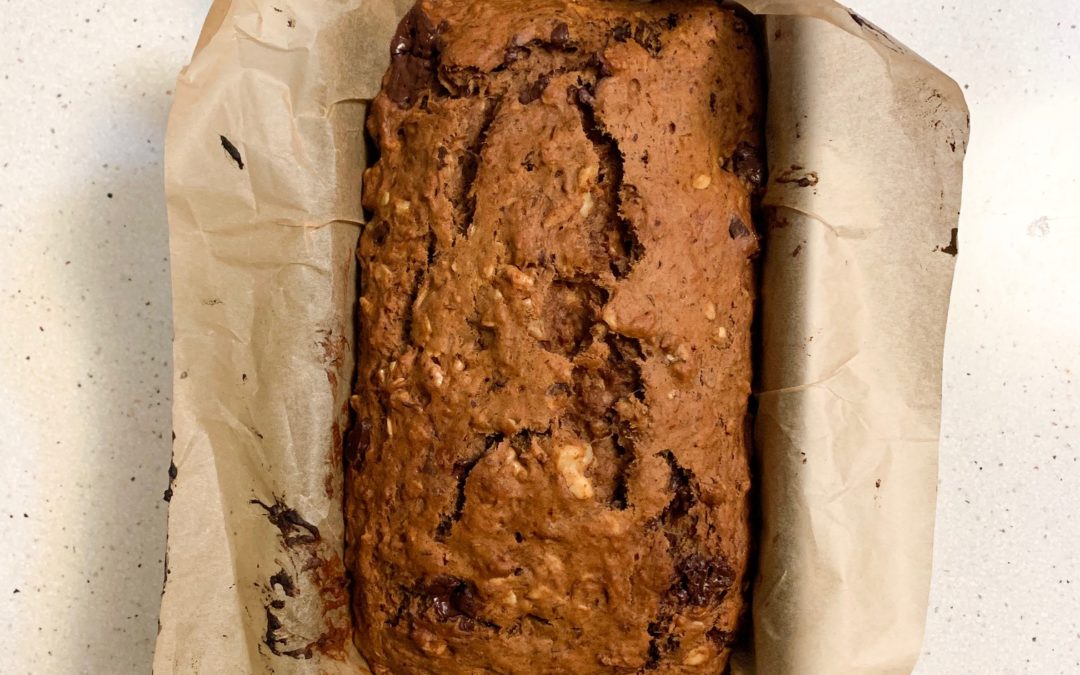
This week I got some of my baking mojo back and made this super tasty banana bread.
Earlier this year I discovered that I was full-on intolerant to eggs.
Like, I literally can’t break them down.
And oh boy, do I feel it if I have them!
I’ll be honest, I was pretty devastated when I learned about my egg issue because I LOVE to bake and eggs are a pretty essential component of the process.
But I had a few key realizations that helped me move through my grief, anger, and resentment around giving up eggs.
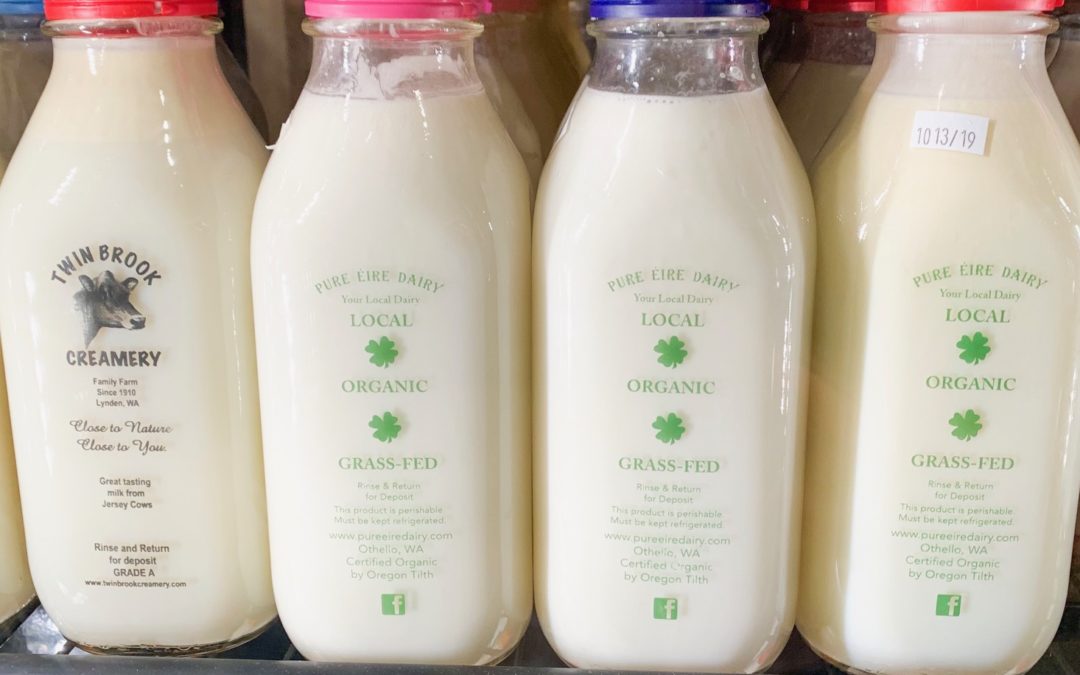
Doctors are now petitioning the FDA to put a breast cancer warning label on cheese.
As a result of the paleo and keto diets, patients come to me thinking that dairy is an inherently inflammatory food that should be totally removed from their diet.
The fear-mongering that we’re constantly exposed to around our nutrition and health needs to stop.
How are we supposed to tell what’s true and what’s not?
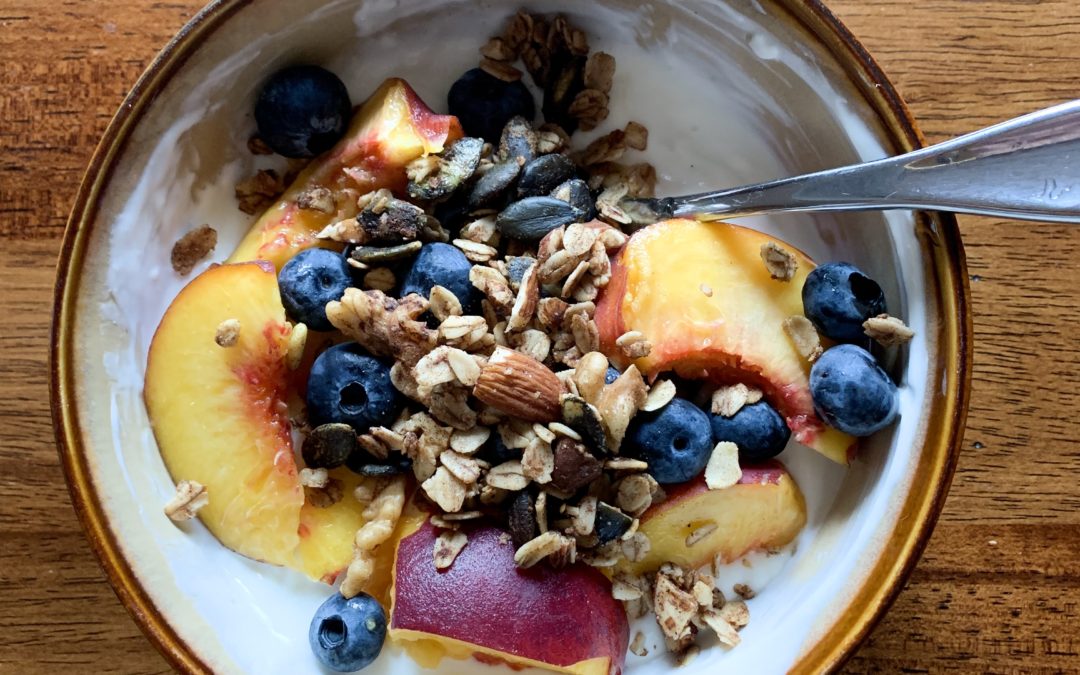
I love granola. And what I love even more is making my own. It’s like a choose your own adventure game every time.
Do I want walnuts or pumpkin seeds? More ginger or maybe some dried cranberries or coconut?
It’s a blank canvas to add to your recipe repertoire for your breakfast and beyond. And it’s the perfect crunchy, nutty addition to yogurt and fresh fruit.
BONUS: This recipe is guaranteed to make your house smell intoxicatingly delicious, like spiced cinnamon cider on a fall day.
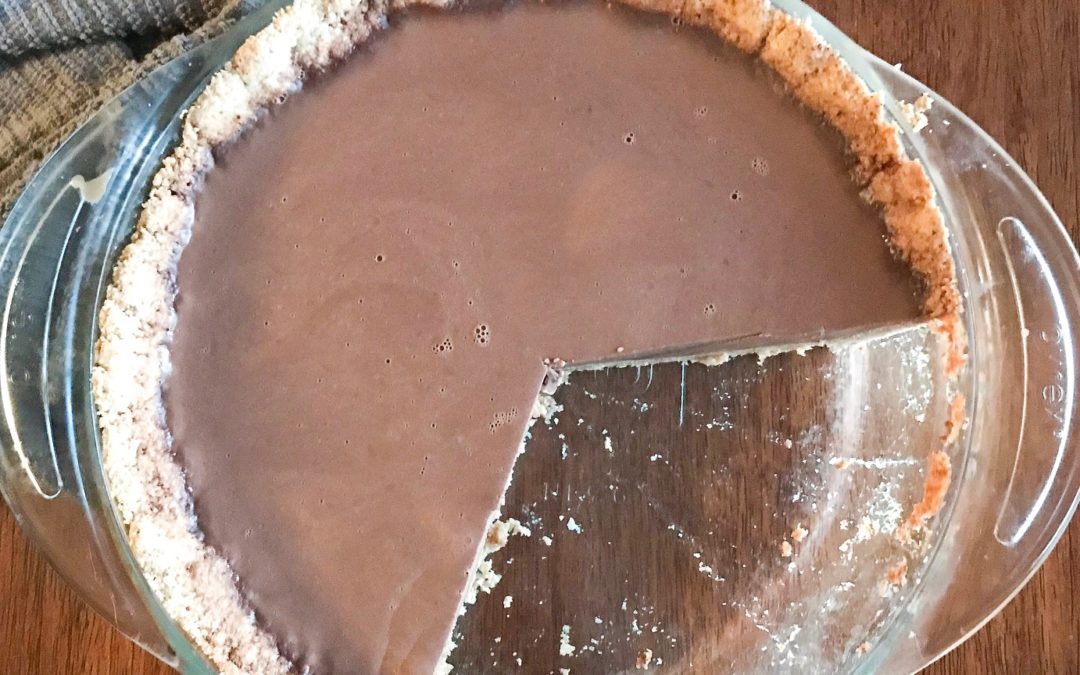
Chocolate cream pie gives me the warm fuzzies.
It was always on our Thanksgiving table right next to everyone’s perennial favorite, pumpkin pie.
When I discovered I had a dairy sensitivity at the age of 20, my creamy chocolatey forays to PieTown were abruptly cut short.
Over the years I’ve reinvented some of my classic childhood treats, and I think I’ve finally nailed it with this food-sensitivity-friendly version of a chocolate cream pie.
The filling is magically rich and pudding-like thanks to full fat coconut milk and gelatin.
The crust of almond and oat flours is unconventional, but delicious in its slightly crumbly texture and ability to crisp up beautifully.
It’s so good it will fill your dreams with unicorns frolicking on rainbows that end not in a pot of gold, but in GIANT CHOCOLATE CREAM PIES.
![Homemade Marshmallows [Paleo, Refined Sugar + Egg Free] A Quick, Easy, + Simple Guide to Making Your Own Mallows](https://www.drlizcarter.com/wp-content/uploads/2019/03/IMG_9961-1-1080x675.jpg)
A few months ago, Chris and I went camping in Olympic National Park. And when I think camping, I think S’MORES.
Chocolate, graham crackers, and marshmallows are at the top of my shopping list days before we leave.
When we arrived to purchase our s’more ingredients and other camping comestibles, our local natural foods store was out of the marshmallows I usually purchase on these occasions.
I settled for the ones with packaging emblazoned with "all natural", "gmo free" and "vegan".
Sounds perfect, right?
Wrong. And I knew it.
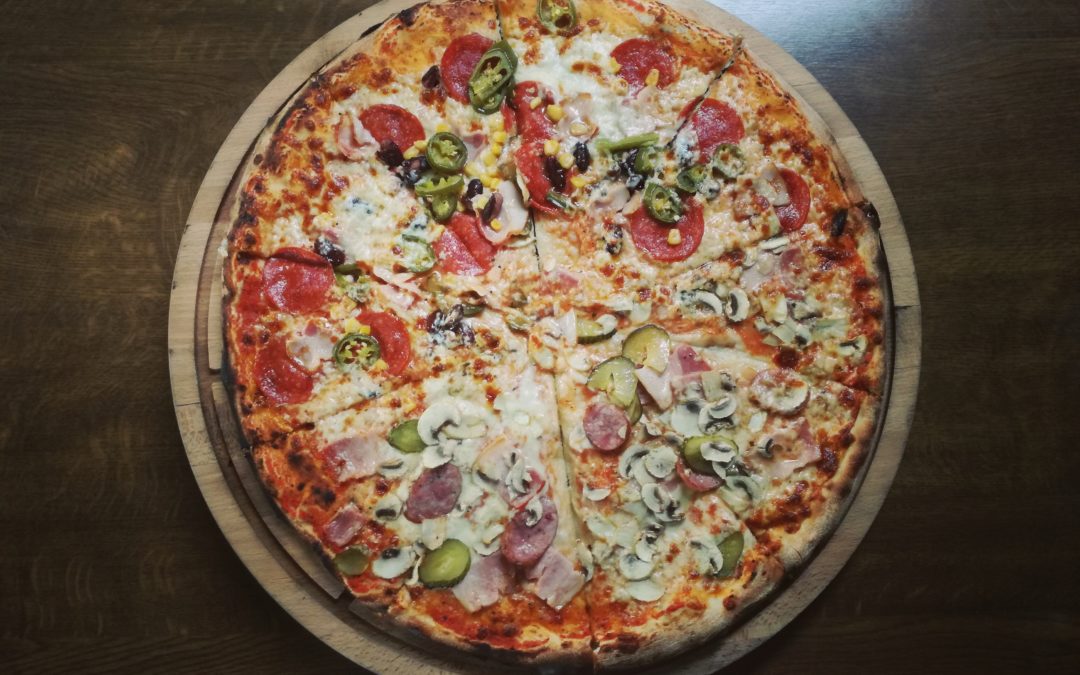
I wish the term “falling off the wagon” didn’t exist as a seemingly universal way to express that we’ve faltered yet again regarding the way we nourish ourselves. It’s a pretty painful and uncomfortable image that comes to mind, because come on, NO ONE wants to fall off a wagon.
Strangely enough, my mom has had the distinct pleasure (or pain?) of almost cascading out of a buckboard wagon at night in the Arizona desert when the horses got spooked by god-knows-what out in that inky, hot sandscape.
Ok, so “falling off the wagon” should exist in our syntax in the literal sense.
But it has no place when it comes to talking about our food choices and how we’ve inevitably messed them up for the twentieth time this year.
Whenever my patients tell me they’ve fallen off, aka, they’ve failed, I rejoice a bit.
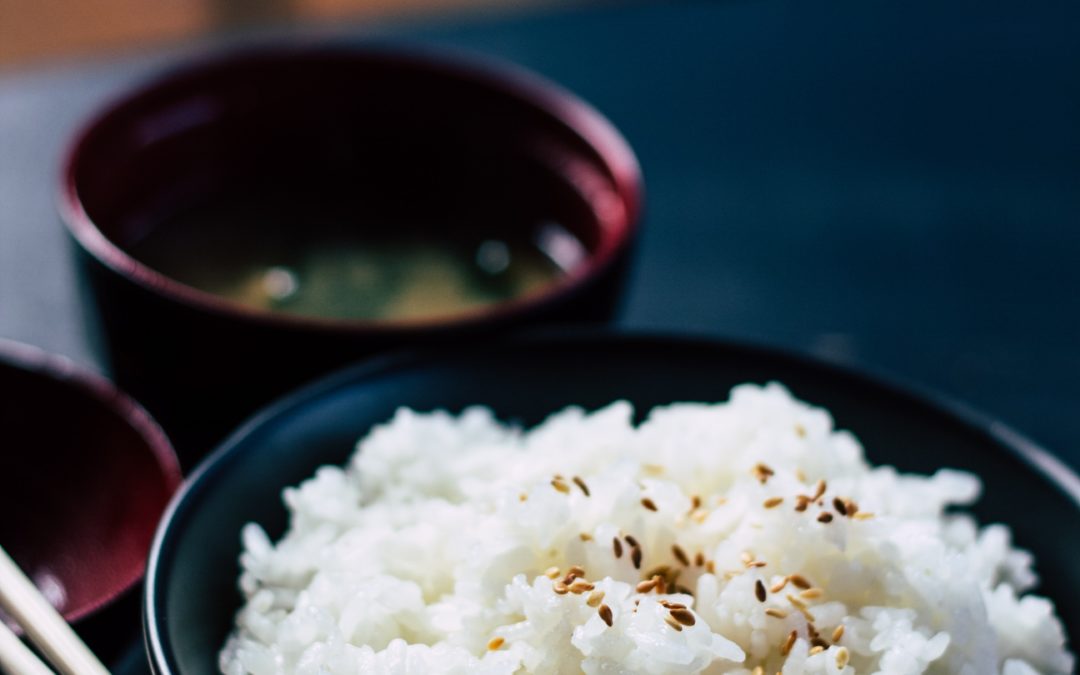
In the world of modern nutrition, the debate between white and brown rice seems long put to bed.
Brown rice is soooo obviously healthier… right?
Why have we come to this conclusion? Let me count the ways:
First of all, something that’s brown in color is always healthier than something that’s white (duh, Dr. Liz).
White means something is refined, devoid of nutrients, and I shouldn’t eat it, like bread and pasta.
So brown rice has more… stuff, right? More nutrients and minerals?
Plus white rice will definitely spike my blood sugar because it doesn’t have much fiber. That’s why I slog my way through that chewy outer layer, right? RIGHT?
These might indeed be the reasons why you feel the need to eat brown rice.
But I’m here to say CUT IT OUT.
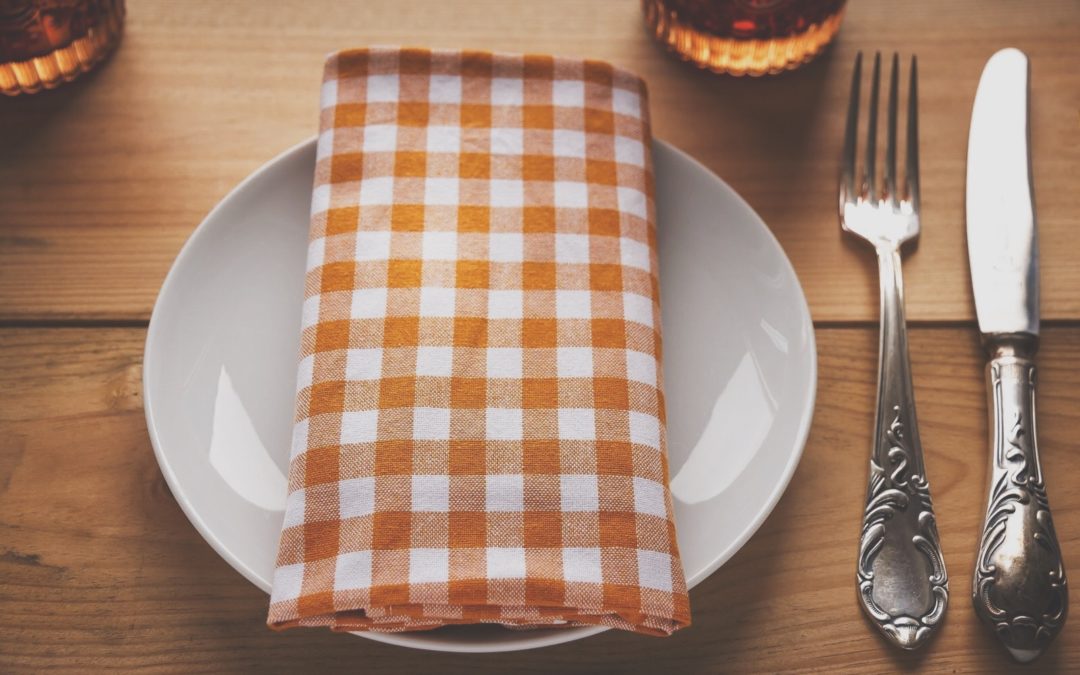
Do you eat breakfast every day, first thing in the morning?
Do you “fuel up” before a workout?
Do you grab a snack in the late evening after dinner?
I used to do all of these things and so did my husband, Chris.
A few years ago, we decided to shake it up and we couldn’t be happier with the results.
Well, I shook it up first and Chris decided to see how I fared, haha. Then he joined in with my crazy experiment.
So what did we do?
We started intermittent fasting.
![Simple + Festive Pumpkin Pie [Dairy Free, Egg Free, Refined Sugar Free, Gluten free option] Enjoy this classic dessert with an allergen-friendly twist](https://www.drlizcarter.com/wp-content/uploads/2024/11/Pumpkin-Pie-for-blog-1080x675.jpg)




![Homemade Banana Bread [Vegan, Gluten Free Adaptations, No Refined Sugar] Enjoy this Classic Treat Without Allergens](https://www.drlizcarter.com/wp-content/uploads/2020/04/IMG_4100-1080x675.jpg)






![Homemade Marshmallows [Paleo, Refined Sugar + Egg Free] A Quick, Easy, + Simple Guide to Making Your Own Mallows](https://www.drlizcarter.com/wp-content/uploads/2019/03/IMG_9961-1-1080x675.jpg)





